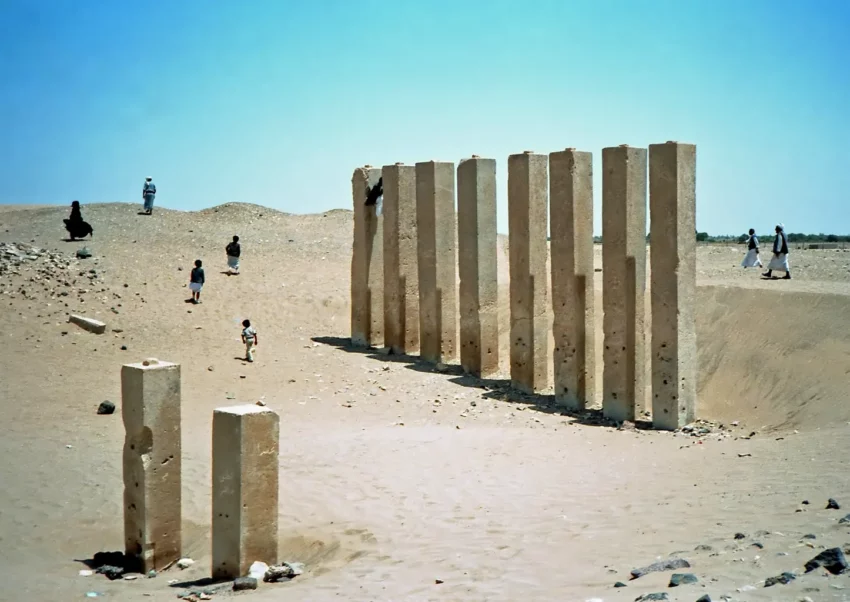The Magnificent Temple of Awwam
The Temple of Awwam, also known as Mahram Bilqis or “Sanctuary of the Queen of Sheba,” is a revered Sabaean temple. Dedicated to Almaqah, the principal deity of Saba, this ancient marvel is located near Ma’rib in Yemen, about 7 kilometers southeast of ancient Marib.
Get your dose of History via Email
Historical and Religious Significance
This temple, like many major Sabaean sanctuaries, stands outside urban centers. Its location likely provided religious privacy and ease of access for pilgrims. In pre-Islamic times, pilgrims from Ma’rib would visit Almaqah temple of Harunum before proceeding to the Awwam sanctuary. In 2023, UNESCO added the Awam Temple to the World Heritage List, recognizing its historical value.
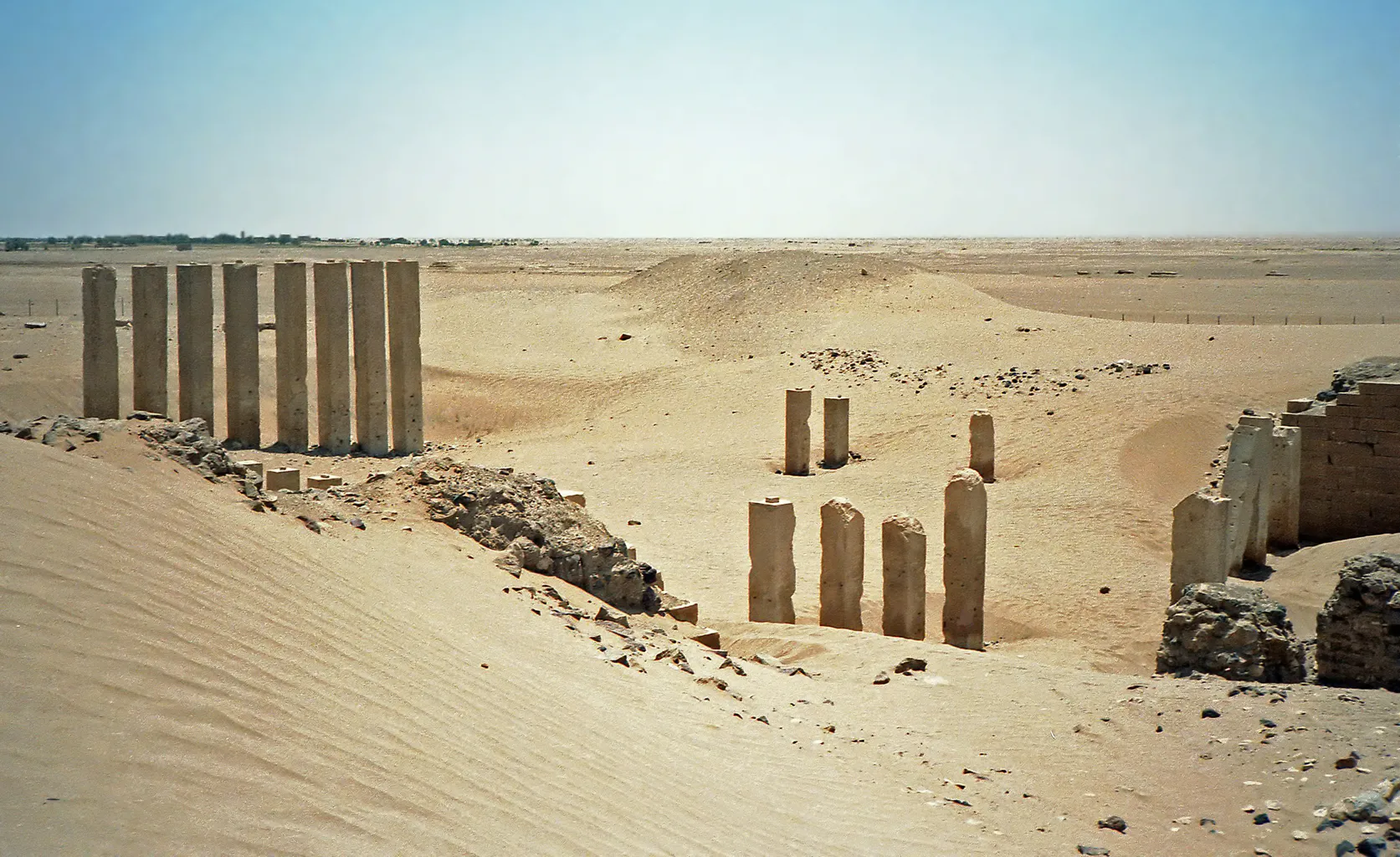
Archaeological Discoveries
The oldest inscription in the temple complex refers to the construction of the great wall of Awwam by Mukarrib Yada’il Dharih I in the mid-7th century BCE. This inscription, carved outside the wall, mentions the temple’s early construction phase and Yada’il’s dedication to Athtar and Almaqah.
A massive unguarded yard enclosed by a stone wall, forming an irregular oval, dominates the temple. Inside, inscriptions from the late Sabaean kingdom period provide significant historical insights. Excavations in the early 1950s by the American Foundation for the Study of Man uncovered bronze statues and the use of the southern entrance for ablution rituals.
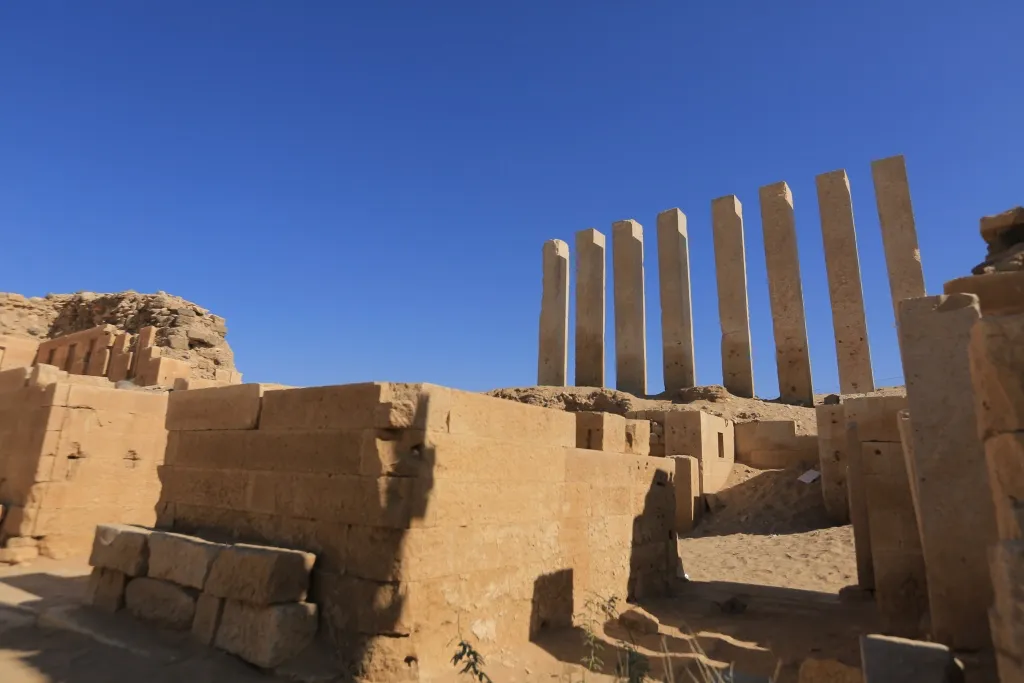
Architectural Marvel
The temple’s name, ‘Awwam,’ signifies a place of refuge, reflecting its sacred nature. Initially, a small shrine, the temple evolved into an extensive complex with structures like priest houses, workshops, and a cemetery. Situated on a high natural platform, the temple’s grand appearance captivated viewers.
The temple’s orientation towards the rising sun and its architectural features, like the eight-pillared propylaeum and large peristyle hall, highlight its grandeur. The peristyle hall, measuring approximately 42 by 19 meters, contained 32 pillars and 64 false windows, symbolizing sacred numbers.
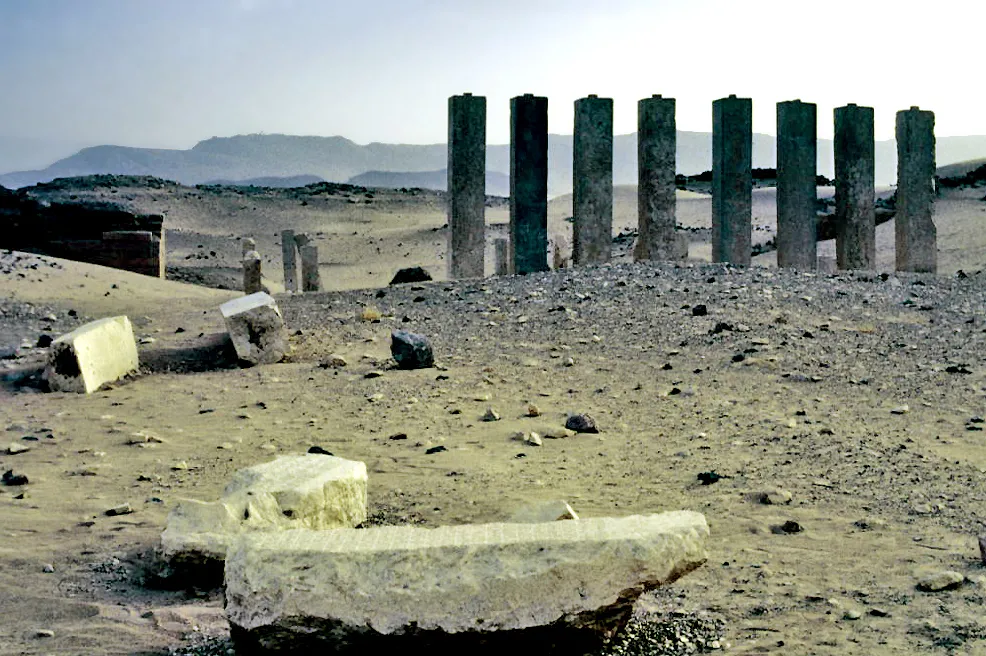
Artistic and Cultural Elements
Bronze statues of bulls, horses, and humans adorned the temple gates, enhancing its majestic appeal. The walls featured geometric and figural paintings, sculptures, and finely carved inscriptions, all designed to impress visitors.
The peristyle hall’s semi-rectangular form and eight-pillared entrance, topped by square tenons, demonstrated advanced architectural planning. The hall contained inscribed stone blocks, 64 false windows, and 32 pillars, reflecting a meticulous design system.
Sacred Rituals and Purification
Visitors to the sanctuary passed through an annex before entering the peristyle hall via a three-entrance gate. An alabaster water conduit ran through the hall, ending in a bronze basin for purification rituals. The oval-shaped enclosure, accessible through gates, was the temple’s holy area, hosting numerous structures and a wellspring.
Rituals in the oval sanctuary emphasized physical and spiritual purity, with inscriptions warning of severe consequences for those who failed to purify themselves.
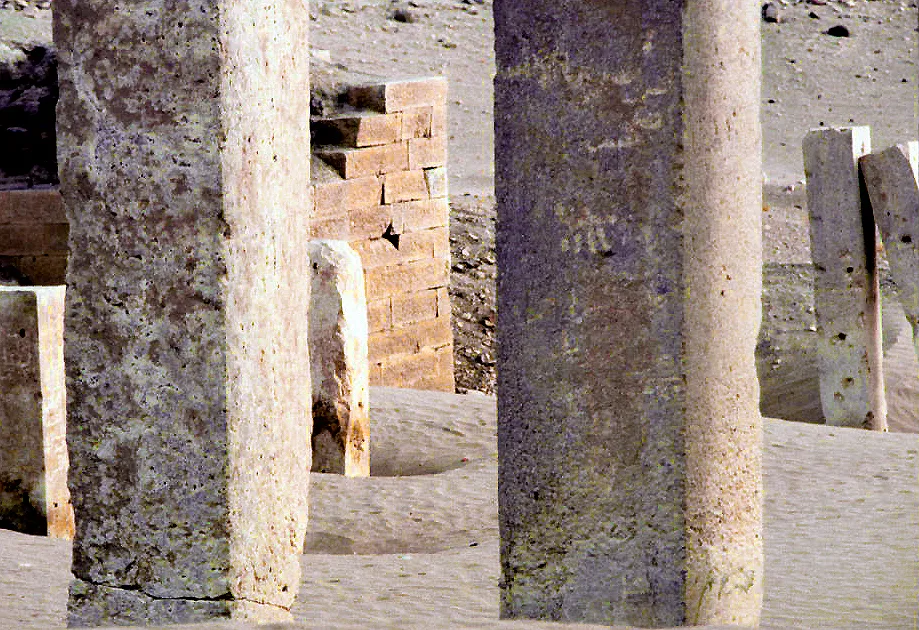
The Sacred Cemetery
Attached to the oval sanctuary, the 7th century BCE cemetery housed around 20,000 burials. Multi-story tombs built with polished limestone blocks featured decorative friezes and low reliefs of the dead. The cemetery, known as “Mhrm Gnztn,” or sacred enclave, saw rituals performed in the oval sanctuary before burial.
Preservation and Legacy
The Temple of Awwam stands as a testament to the Sabaean civilization’s architectural and cultural prowess. Despite the ravages of time, this sanctuary continues to inspire awe and admiration. Efforts to preserve this ancient marvel ensure that future generations can appreciate its historical and spiritual significance.
Sources:


